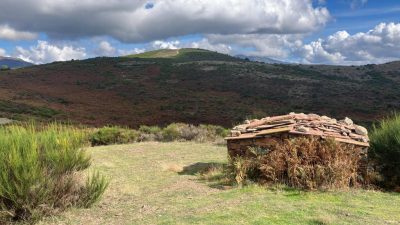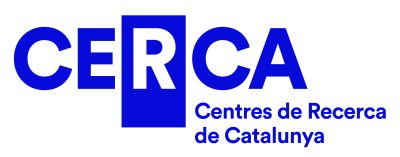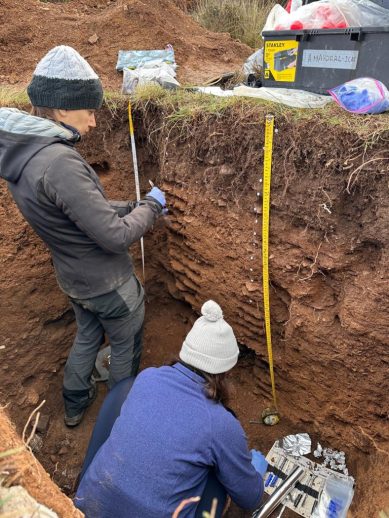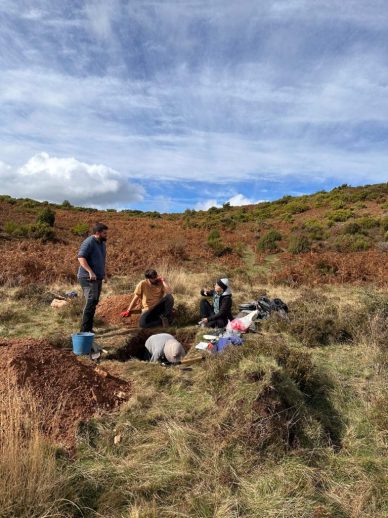
An interdisciplinary team led by the GIAP research group (ICAC) conducted the second soil sampling campaign in Montseny Natural Park from October 21 to 25.
This campaign, led by the principal investigators of the PastMont project, Valentina Pescini and Abel Gallego, featured a new soil test pit dug at Pla de la Calma plateau, reaching a depth of 1.5 meters. Samples collected from different soil layers will be analysed with advanced techniques for radiocarbon dating, pedoanthracology, micromorphology, palynology, biomolecular analysis, and physical-chemical testing. The results will provide new data on long-term vegetation dynamics and the agro-silvo-pastoral practices that have shaped this local ecosystem.
The PastMont project, funded by the Department of Culture of the Generalitat de Catalunya (CLT009/22/00036), aims to reconstruct the evolution of agricultural and pastoral practices in western Montseny, from the Pla de la Calma to Aiguafreda (Vallès Oriental), covering a transformative period from the end of the Roman era (5th-6th centuries) to the consolidation of the feudal landscape (12th-13th centuries).
PastMont brings together an interdisciplinary team of experts in environmental archaeology, geoarchaeology, topography, and historical documentation. In addition to Abel Gallego and Valentina Pescini from the ICAC, the team includes distinguished researchers such as Alexandra Livarda y Alfredo Mayoral, Theoni Baniou y Alexandra Kriti. Researchers from prominent institutions, including the Autonomous University of Barcelona (UAB) and the AmbiLab laboratory at the University of La Laguna, are also key project members.
With a strategy combining scientific research and knowledge transfer, the PastMont project works alongside local stakeholders and institutions such as Montseny Natural Park and Biosphere Reserve and the municipalities of Aiguafreda and Sant Martí de Centelles, with the aim of deepen our understanding of Montseny’s historical landscape and its enduring connection to today’s environment.
Supported by this collaborative work, the GIAP research group explores how Montseny’s agricultural and pastoral past still echoes in today’s landscape. It aims to connect historical practices with the present environment to preserve its memory and encourage sustainable landscape management.

About the Catalan Institute of Classical Archaeology (ICAC)
The Catalan Institute of Classical Archaeology (ICAC-CERCA) is a CERCA center established as a consortium in 2003 by the Government of Catalonia and the Rovira i Virgili University. It is a Catalan institution with an international scope, at the forefront of research and conservation of archaeological heritage. Its headquarters are in Tarragona, a city recognized as a UNESCO World Heritage Site in 2000. Its researchers work to understand the past, through the study of archaeological remains, and promote the preservation of the historical legacy. We are CERCA!
For more information, visit www.icac.cat.








